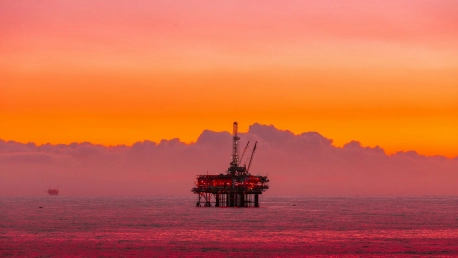Understanding the myriad of factors that influence today’s oil market is critical for policymakers, industry stakeholders, and consumers alike. As political tensions ebb and flow, technological breakthroughs emerge, and concerns about climate change escalate, the oil market adapts in response. Here’s an in-depth look at some of the most pressing trends currently shaping the global oil landscape.
The Volatility of Oil Prices
Geopolitical Influences and Oil Supplies
Oil prices are highly susceptible to global political events, particularly in oil-rich regions. Stability can drive prices down, while conflict tends to cause spikes due to fears of supply disruption. Sanctions and trade agreements also play a role, redistributing oil flows and influencing market supply and demand.
Market Speculation and Technological Advancements
Speculation is a driving force behind oil price fluctuations, with futures contracts and investor sentiment responding to political and economic signals. Additionally, technological advancements—like fracking and the rise of renewables—are shifting demand and potentially destabilizing the oil market while promising a more diversified energy future.
China’s Economic Performance and Oil Imports
Record-High Crude Oil Imports
China, as a major global player, has broken records with its crude oil imports, reflecting its expanding economy and growing energy needs. This not only affects oil pricing but also has cascading impacts across the global market.
The Impact of China’s Demand on Global Oil Markets
The worldwide consequences of China’s energy demands are significant, leading to tighter competition for oil resources and influencing other nations’ import strategies. The country’s future decisions in energy will be pivotal in shaping global market trends.
Global Energy Transitions
The Push for Increased Domestic Production
As countries like Germany aim to enhance their domestic production to combat reliance on imports, a global trend toward increased internalization of oil supply is visible, aiming to dampen the effects of market volatility.
Navigating the Shift Towards Renewable Energy
The global tilt towards renewables places governments in a strategic pivot, balancing the immediate need for energy with longer-term sustainability and climate goals. Renewable technologies are becoming more cost-competitive, altering the energy sector’s future outlook.
Environmental Considerations and Policies
Achieving Emission Reduction Goals
Nations like the U.S. have made strides in emissions reductions but face challenges in maintaining consistent progress. The global endeavor to curb emissions showcases the intricate dance between fostering economic growth and preserving the environment.
Policy Responses to Climate Change
Countries incorporate diverse policies to combat climate change, ranging from carbon pricing to renewable incentives. Balancing economic concerns with environmental necessities is a complex, ever-changing effort that requires policy agility and foresight.
Geopolitical Dynamics and Energy Security
The Role of Regional Tensions
Political unrest in key regions can have an immediate effect on oil prices and energy security. For example, the Iran-Israel conflict and the situation in Ukraine have profound implications for regional and international markets.
Europe’s Declining Oil Production and Import Dependency
As European oil production wanes and dependence on imports, such as LNG, increases, the continent is pressed to ensure energy security. This prompts a reevaluation of energy policies and international relationships, prioritizing a sustainable and politically stable energy future.









